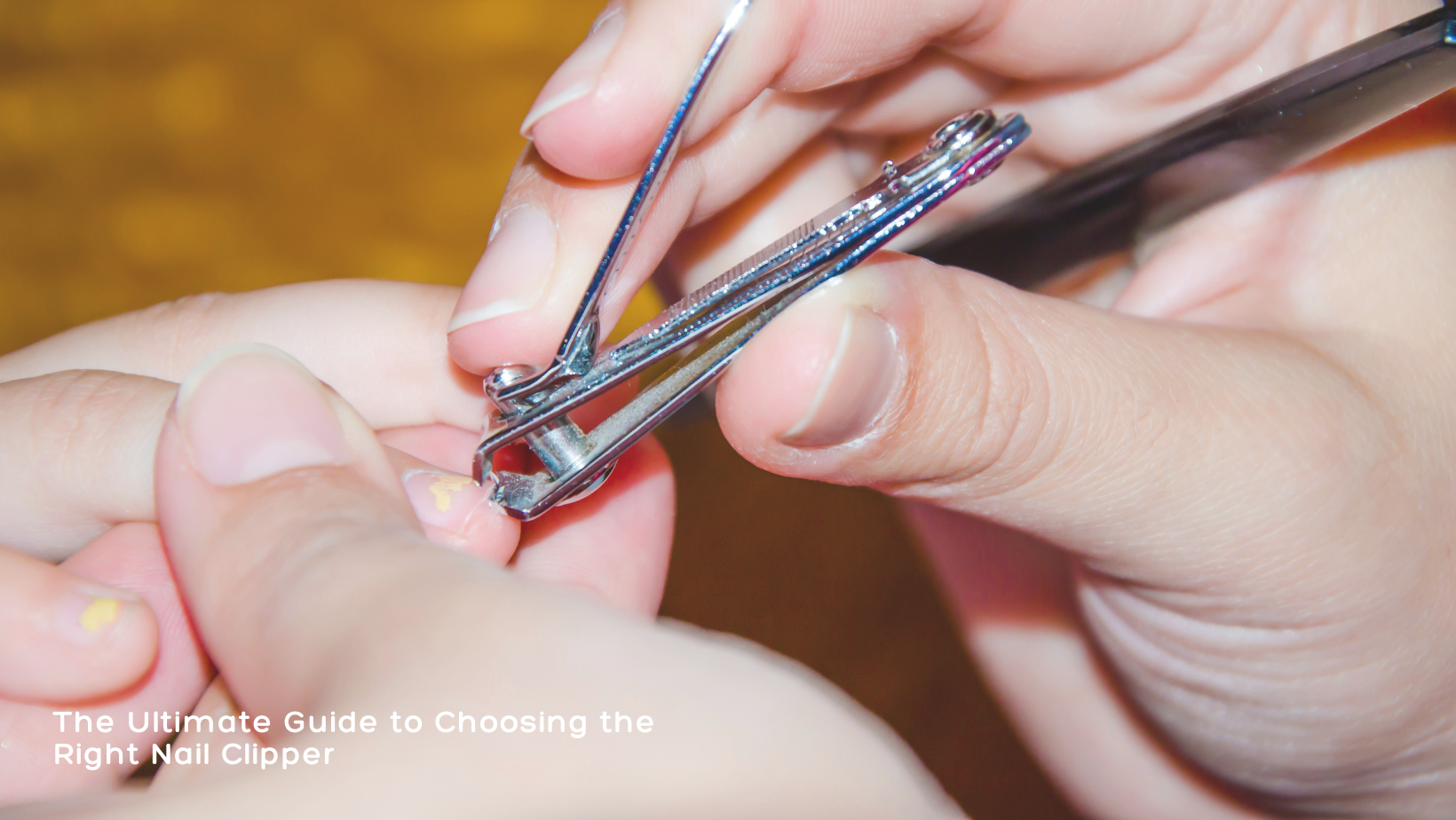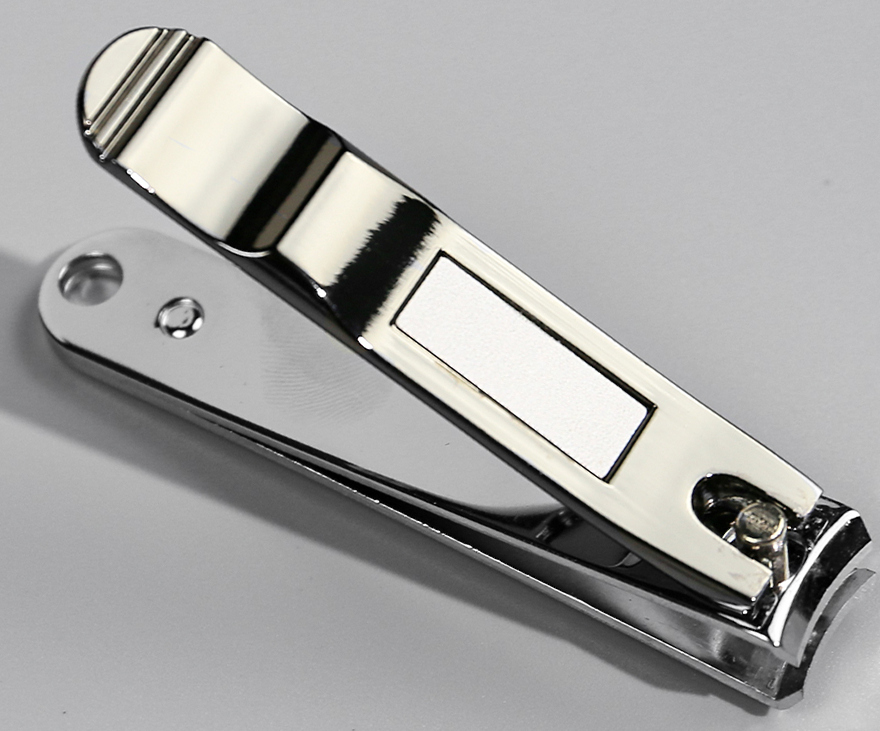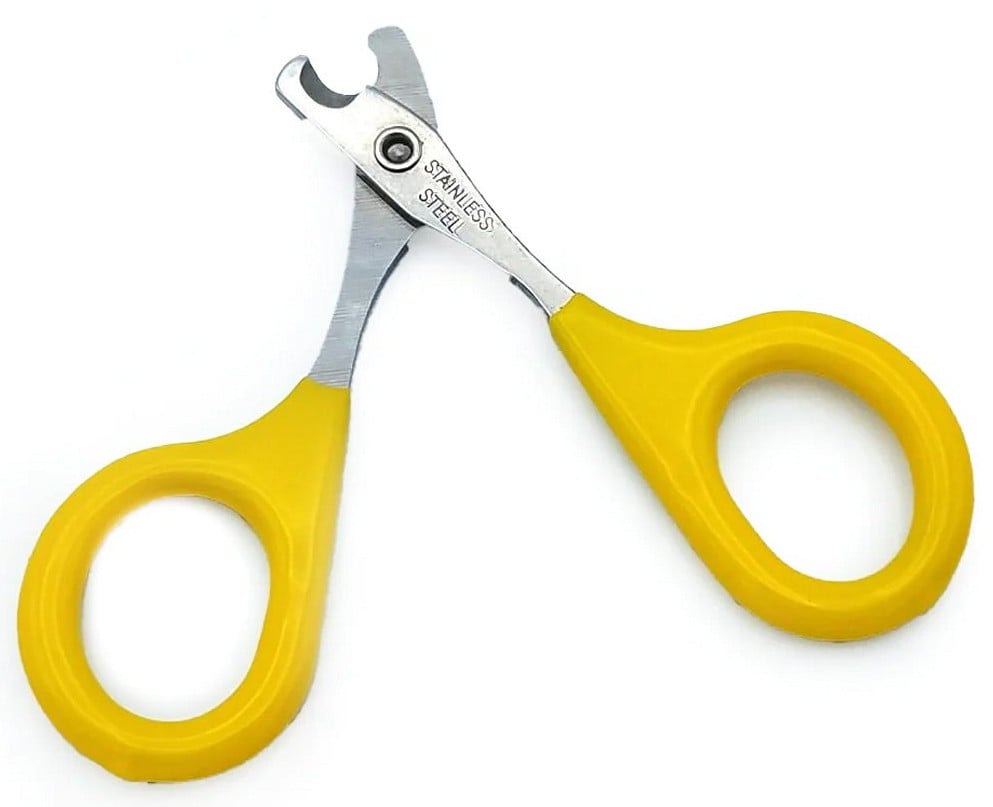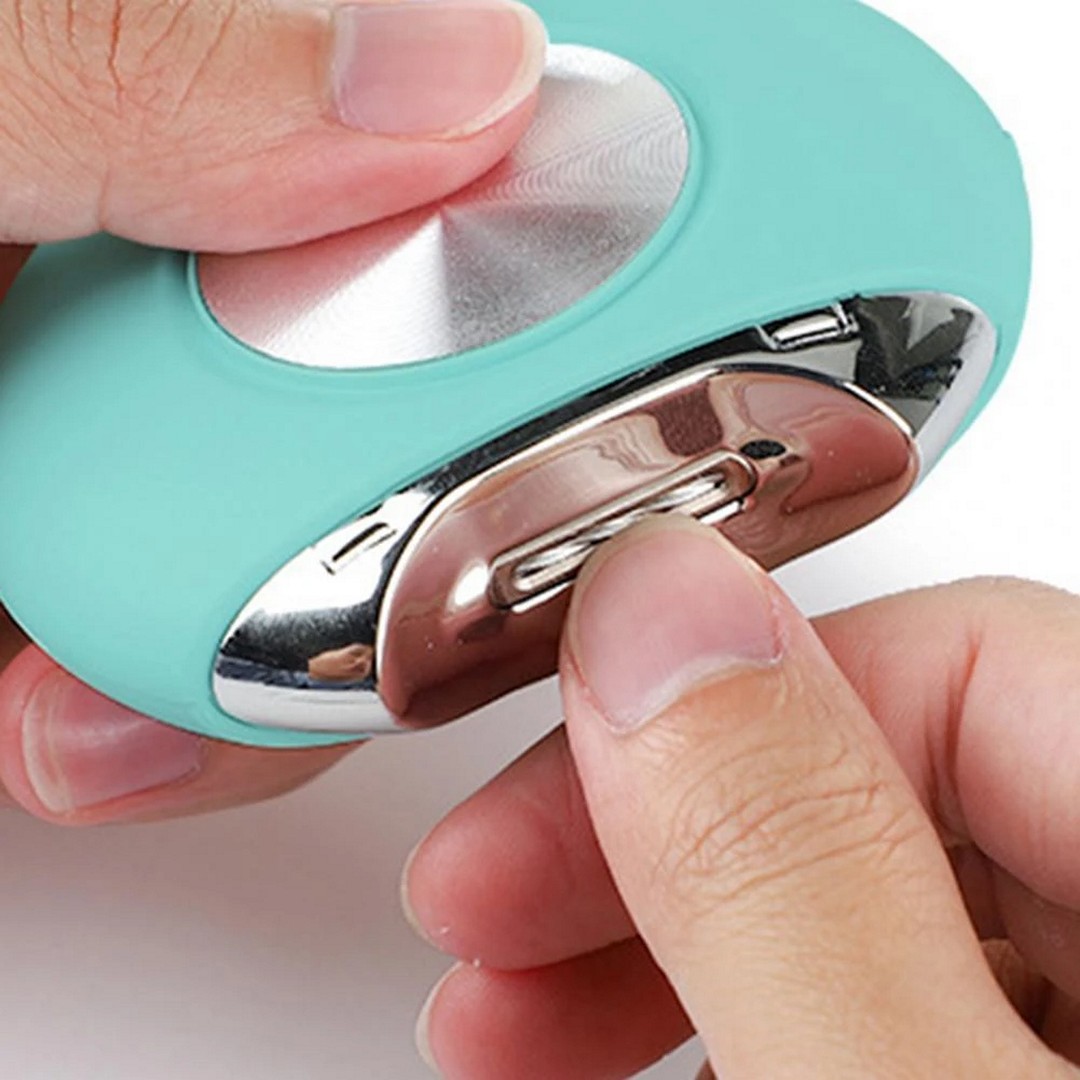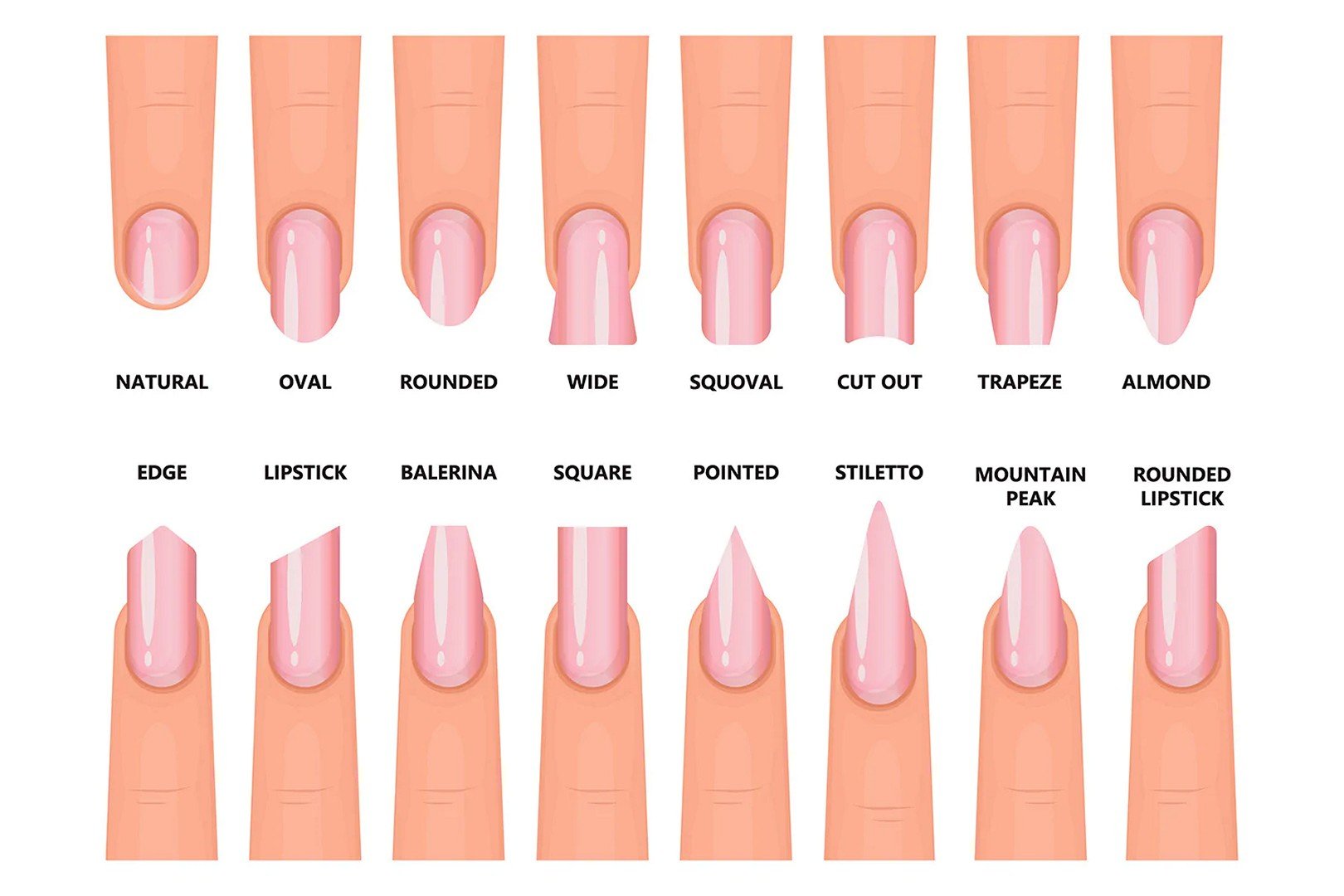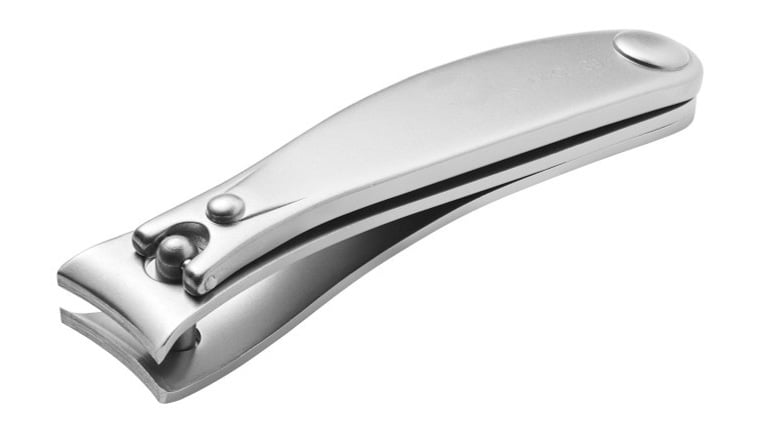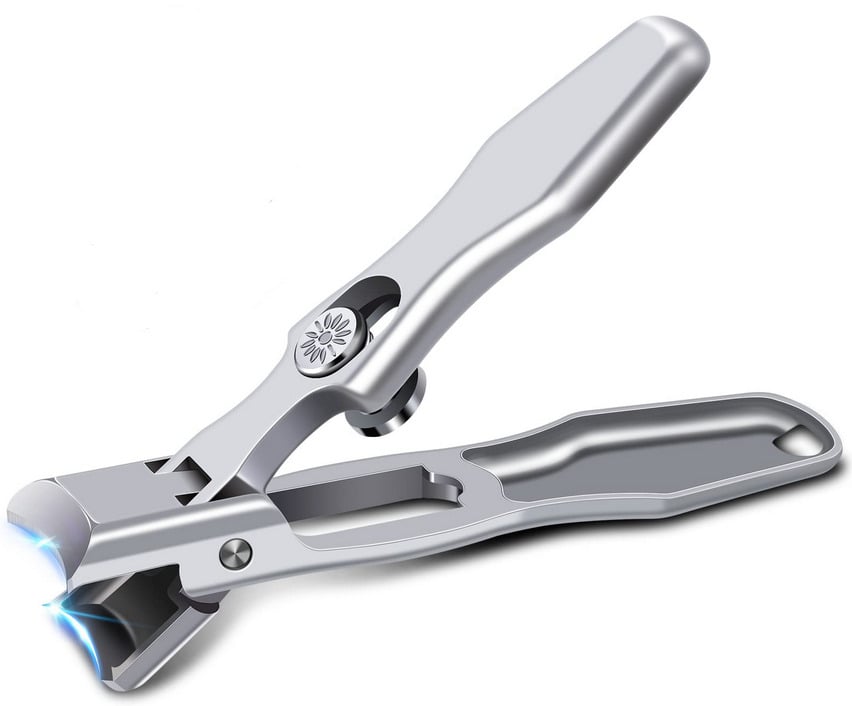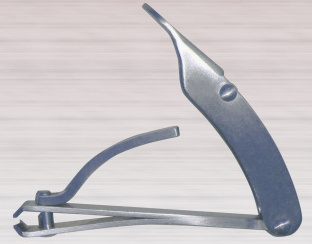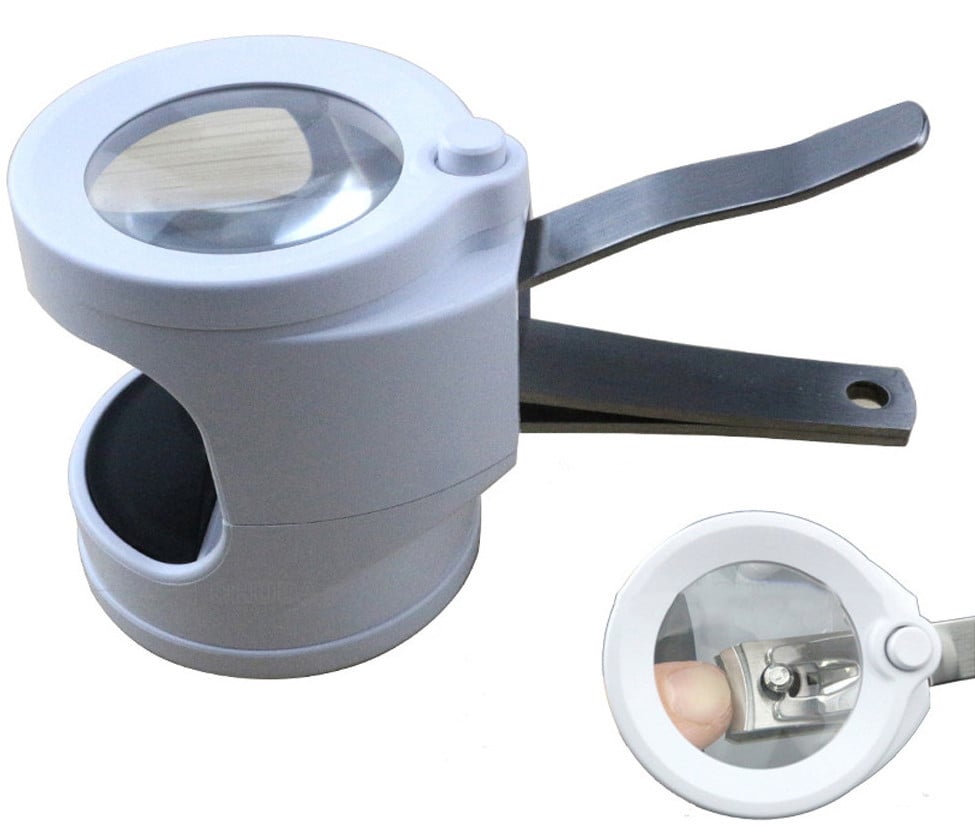Nail clippers are an essential tool for maintaining healthy nails, but with so many different types of clippers available, how do you know which one is right for you? In this guide, we will explore the different types of nail clippers, how to choose the right one for your needs, and how to use nail clippers safely and effectively.
Types of Nail Clippers
- Standard nail clippers
Standard nail clippers are the most affordable and widely available type of nail clipper. They consist of two blades with a curved or straight cutting edge that is used to trim nails. Standard clippers usually come with an attached nail file.
| Advantages | Disadvantages |
|---|---|
| Affordable | May cause nail splitting |
| Easy to use | Rough edges may need to be filed |
| Portable and convenient | May require two hands to use securely |
| Widely available | Not suitable for thick or tough nails |
💡 Get Your Wholesale Deal Now!
2. Scissor nail clippers
Scissor nail clippers have two blades that look like small scissors and work like a lever to trim nails. They come in large and small sizes, and often feature a curved or straight cutting edge.
| Advantages | Disadvantages |
|---|---|
| Easy to control | Not suitable for very thick nails |
| Good for trimming toenails | May require more force to trim than other types of clippers |
| Safer than standard clippers around cuticles | Opening may not be large enough for thicker toenails |
| No need to file after using | Not as widely available as other types |
3. Electric nail clippers
Electric nail clippers use power to trim nails quickly and efficiently. They have a rotating head and a built-in nail catcher.
| Advantages | Disadvantages |
|---|---|
| Quick and efficient | Can be quite expensive |
| Less risk of nicking skin | May not be as precise as other types |
| Good for those with mobility issues | Can cause vibration and noise, which can be uncomfortable for some |
| Some models can also buff and polish nails | Requires an electrical outlet |
4. Nail scissors
Nail scissors have two blades that work like regular scissors to cut nails. They come in curved or straight blades and are often used to trim toenails.
| Advantages | Disadvantages |
|---|---|
| Easy to control | Requires two hands to use securely |
| Good for trimming toenails | May require more force to trim than other types of clippers |
| Safer than standard clippers around cuticles | Opening may not be large enough for thicker toenails |
| No need to file after using | Not as widely available as other types |
Overall, which type of nail clipper to use vapepie 40000 depends on individual preference and the type of nails being trimmed. It’s always a good idea to keep nail clippers clean and sharp to prevent infection or damage to the nails.
How to Choose the Right Nail Clipper
Choosing the right nail clipper is important for maintaining healthy nails and preventing nail damage. Here are some factors to consider when choosing a nail clipper:
-
Nail Type and Shape:
Consider the thickness and shape of your nails when choosing a nail clipper. If you have thin or delicate nails, scissor clippers may be the best option. If you have thicker nails or a curved nail bed, guillotine clippers may be more suitable. Rotary clippers are a good choice for people with difficult-to-cut nails, such as those with fungal infections or ingrown nails.
-
Hand Size:
Make sure the nail clipper is comfortable to hold and use for your hand size. Scissor clippers and rotary clippers may be easier to handle for people with larger hands, while guillotine clippers may be more suitable for people with smaller hands.
-
Personal Preference:
Consider your personal preferences when choosing a nail clipper. Some people prefer the simplicity of guillotine clippers, while others prefer the precision of scissor clippers. If you have a specific nail condition, such as a fungal infection or ingrown nail, rotary clippers may be the best option.
-
Quality:
Choose a high-quality nail clipper that is made from durable materials. A cheap or low-quality nail clipper may not cut nails properly, which can lead to nail damage and may need to be replaced frequently.
-
Brand:
Choose a reputable brand that is known for producing high-quality nail clippers. This can ensure that you are getting a product that is backed by a good reputation and is likely to last longer and perform better than a less well-known brand.
When choosing a nail clipper, consider your nail type and shape, hand size, personal preferences, quality, and brand. By taking these factors into consideration, you can choose a nail clipper that is suitable for your needs and will help you maintain healthy nails. In the next part of this guide, we will explore how to use nail clippers safely and effectively.
Using Nail Clippers Safely and Effectively
Using nail clippers safely and effectively is important for preventing nail damage and maintaining healthy nails. Here are some tips for using nail clippers safely and effectively:
-
Wash Your Hands:
Before using nail clippers, wash your hands with soap and warm water to remove any dirt or bacteria that may be on your nails.
-
Soften Your Nails:
Soften your nails by soaking them in warm water for a few minutes before trimming. This will make your nails easier to cut and less likely to split or crack.
-
Position the Clipper Correctly:
Position the clipper correctly by placing the blade perpendicular to the nail and positioning the opening of the clipper over the nail.
-
Cut Straight Across:
When cutting your nails, cut straight across the nail, rather than rounding the corners. This can help prevent ingrown nails and nail damage.
-
Avoid Cutting Too Close:
Avoid cutting your nails too close to the skin, as this can cause pain and increase the risk of infection or ingrown nails.
-
Use a Nail File:
After trimming your nails, use a nail file to smooth the edges and shape your nails.
-
Clean and Disinfect the Clippers:
Clean and disinfect your nail clippers after each use to prevent the spread of bacteria and fungus. Use a disinfectant solution or rubbing alcohol toclean the blades, and make sure the clipper is completely dry before storing it.
-
Replace Old or Dull Clippers:
Replace old or dull nail clippers, as they may not cut properly and can cause nail damage. A good rule of thumb is to replace your nail clippers every 6-12 months, depending on how often you use them.
Using nail clippers safely and effectively is important for maintaining healthy nails and preventing nail damage. By following these tips, you can ensure that you are using your nail clippers safely and effectively. In the next part of this guide, we will explore nail clippers for different lifestyles and needs.
Nail Clippers for Different Lifestyles and Needs
Nail clippers come in different sizes, shapes, and styles to suit different lifestyles and needs. Here are some types of nail clippers for different lifestyles and needs:
-
Travel-Sized Nail Clippers
Travel-sized nail clippers are small and compact, making them easy to carry in a purse, pocket, or travel bag. They are a good choice for people who frequently travel or who need to trim their nails on the go.
-
Athletic Nail Clippers
Athletic nail clippers are designed specifically for athletes and people who engage in sports or physical activities. They are typically larger than standard nail clippers and have a stronger cutting force, which can make them more effective at cutting through thick or tough nails.
-
Ergonomic Nail Clippers
Ergonomic nail clippers are designed to be more comfortable and easier to handle than standard nail clippers. They may have a curved shape or rubberized grips to reduce hand fatigue and increase grip strength.
-
Electric Nail Clippers
Electric nail clippers use a motorized blade to trim nails, making them a good choice for people with conditions that affect hand strength or dexterity. They are also a good choice for people who have difficulty using standard nail clippers.
-
Baby Nail Clippers
Baby nail clippers are designed specifically for cutting the delicate nails of infants and young children. They are typically smaller and have a rounded blade to prevent accidental cuts or injury to the baby’s delicate skin.
-
Senior-Friendly Nail Clippers
Senior-friendly nail clippers are designed for people with arthritis or other conditions that affect hand strength and dexterity. They may have large, easy-to-grip handles or require minimal hand strength to operate.
Final Thoughts
Maintaining healthy nails is an important part of self-care, and choosing the right nail clipper is a crucial step in achieving this. By considering factors such as nail type and shape, hand size, personal preference, quality, and brand, you can select a nail clipper that is suitable for your needs. Additionally, using nail clippers safely and effectively is essential for preventing nail damage. By following the tips outlined in this guide, you can ensure that your nails stay healthy and beautiful. Remember, healthy nails are a reflection of a healthy lifestyle, so take care of them and they will take care of you. Happy clipping!



